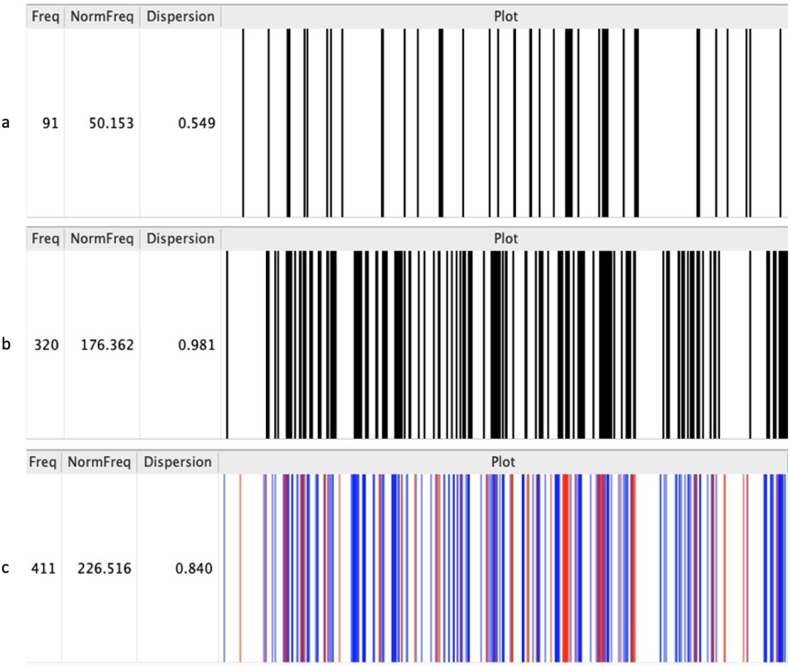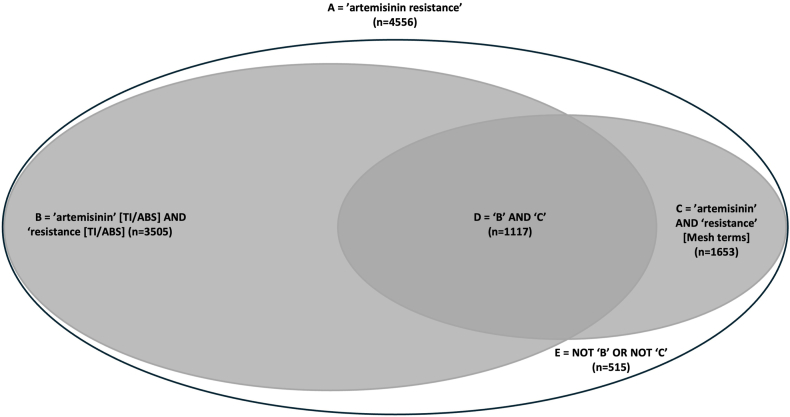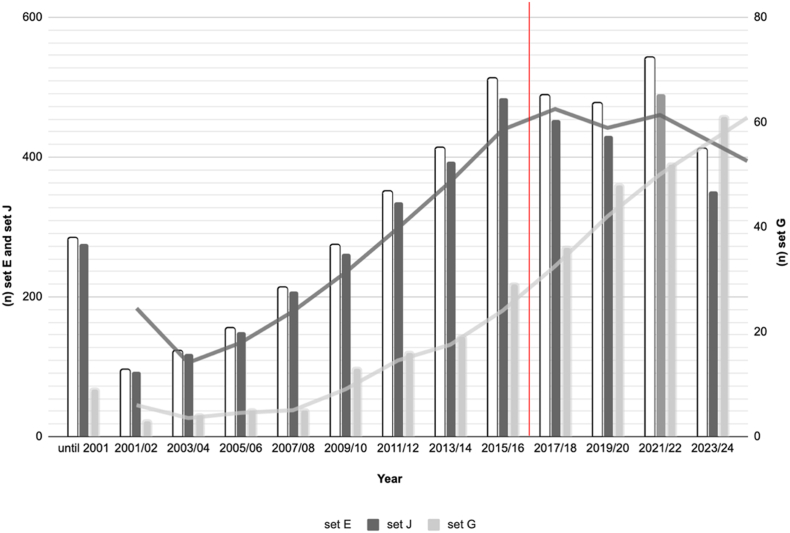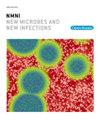卫生科学领域传播不准确:治疗疟疾的“部分青蒿素耐药性”案例。
IF 5.4
Q2 INFECTIOUS DISEASES
引用次数: 0
摘要
背景:在卫生科学中,准确的科学术语对于避免误解至关重要。使用“青蒿素耐药性”来描述寄生虫清除延迟可能不准确地等同于完全耐药性,就像将“耐药性”用于其他病原体时的典型情况一样,从而导致潜在的混淆。2018年,世界卫生组织(世卫组织)引入了“部分青蒿素耐药性”,以更准确地反映以青蒿素为基础的疗法观察到的寄生虫清除延迟。方法:我们使用GPT-4生成相关搜索词,分析PubMed中的文章是否准确传达了“部分青蒿素耐药性”的概念。使用AntConc对检索到的文章进行语料库分析,检查标题和摘要中的术语。一项人工审查评估了在世卫组织“部分青蒿素耐药性”概念在一组高影响力文章全文中的使用情况。结果:在检索到的4041篇文章中,只有7% (n = 281)在标题或摘要中使用了“部分”或“延迟”。即使在2018年世卫组织引入“部分青蒿素耐药性”一词之后,也只有10%的文章包含了这一术语。对161篇全文的人工分析显示,94%的文章没有使用“部分青蒿素耐药性”,59%的文章没有解释延迟寄生虫清除的概念。结论:延迟引入“部分青蒿素耐药性”一词可能导致继续使用科学上有问题的术语“青蒿素耐药性”。这个术语可能被误解为完全耐药,就像抗生素耐药一样。准确的术语对于清晰的科学交流至关重要,科学家和临床医生应该从一开始就建立和一贯使用精确的术语。本文章由计算机程序翻译,如有差异,请以英文原文为准。



Inaccurate communication in health sciences: The case of ‘partial artemisinin resistance’ for the treatment of malaria
Background
Accurate scientific terminology is crucial in health sciences to avoid misinterpretations. The use of ‘artemisinin resistance’ to describe delayed parasite clearance may be inaccurately equated with full resistance, as is typically the case when ‘resistance’ is used with other pathogens, leading to potential confusion. In 2018, the World Health Organization (WHO) introduced ‘partial artemisinin resistance’ to more accurately reflect the delayed parasite clearance observed with artemisinin-based therapies.
Methods
We analyzed whether articles in PubMed accurately convey the concept of ‘partial artemisinin resistance’ using GPT-4 to generate related search terms. AntConc was employed for corpus analysis of retrieved articles to examine terminology in titles and abstracts. A manual review evaluated the use of the WHO concept of ‘partial artemisinin resistance’ in the full text of a subset of high-impact articles.
Results
Out of 4041 articles retrieved, only 7 % (n = 281) used ‘partial’ or ‘delayed’ in titles or abstracts. Even after 2018, when WHO introduced the term ‘partial artemisinin resistance’, only 10 % of articles included this. Manual analysis of 161 full-text articles revealed that 94 % did not use ‘partial artemisinin resistance’, and 59 % did not explain the concept of delayed parasite clearance.
Conclusion
The delayed introduction of the term ‘partial artemisinin resistance’ may have contributed to continued use of the scientifically questionable term ‘artemisinin resistance’. This term may be misunderstood as full resistance, as is common with antibiotic resistance. Accurate terminology is essential for clear scientific communication, and precise terms should be established and consistently used from the outset by scientists and clinicians.
求助全文
通过发布文献求助,成功后即可免费获取论文全文。
去求助
来源期刊

New Microbes and New Infections
Medicine-Infectious Diseases
CiteScore
10.00
自引率
2.50%
发文量
91
审稿时长
114 days
 求助内容:
求助内容: 应助结果提醒方式:
应助结果提醒方式:


